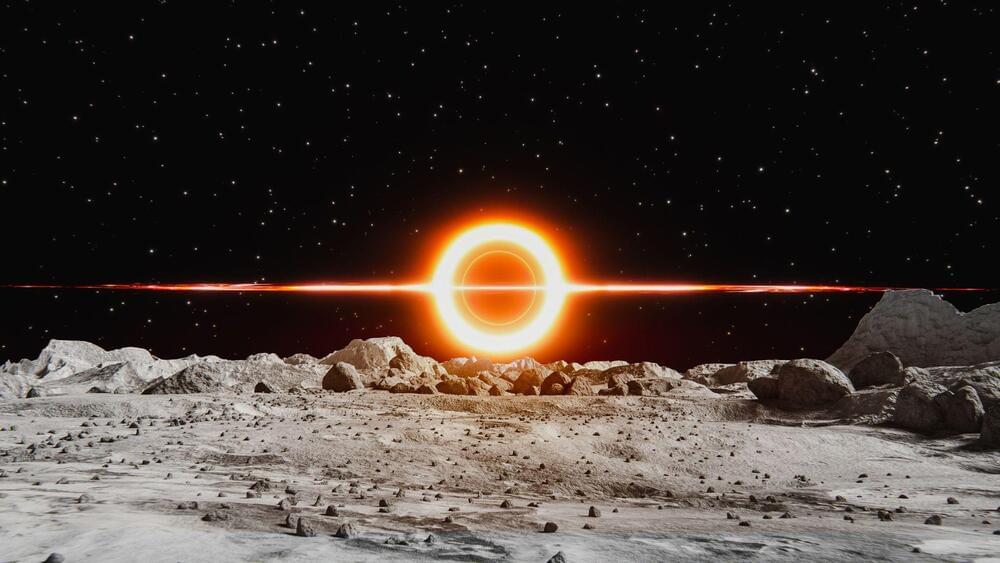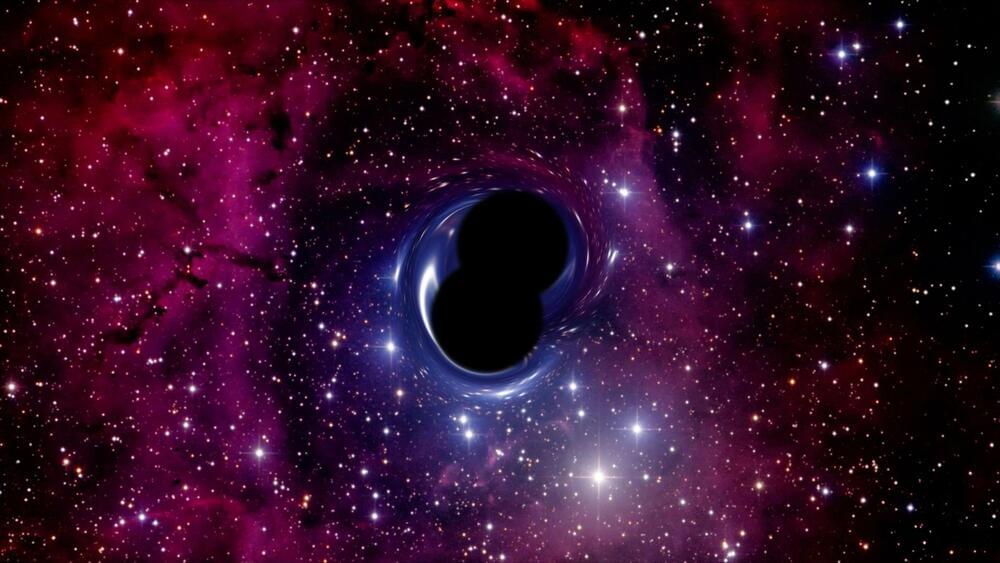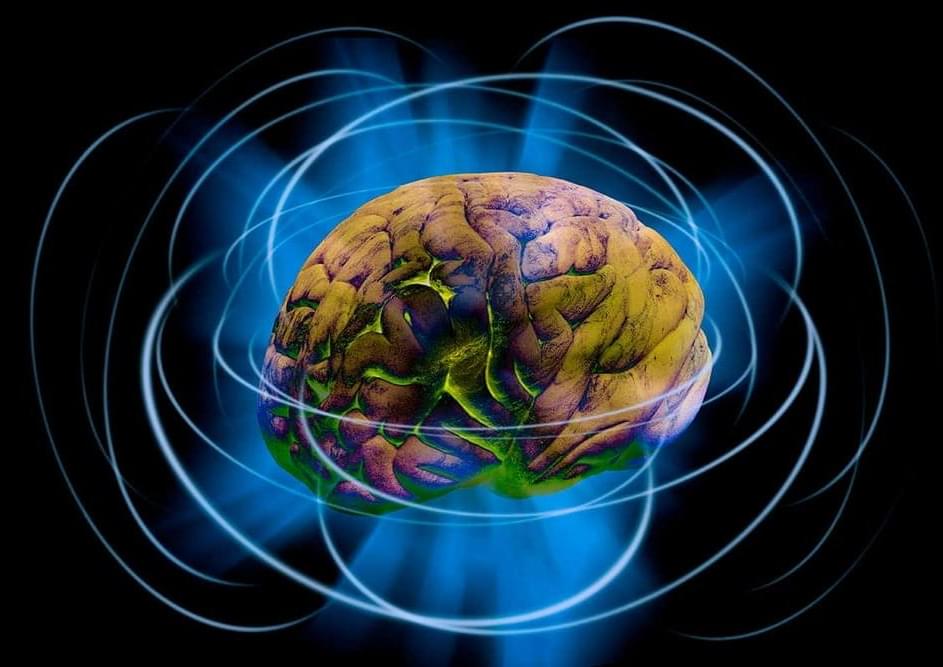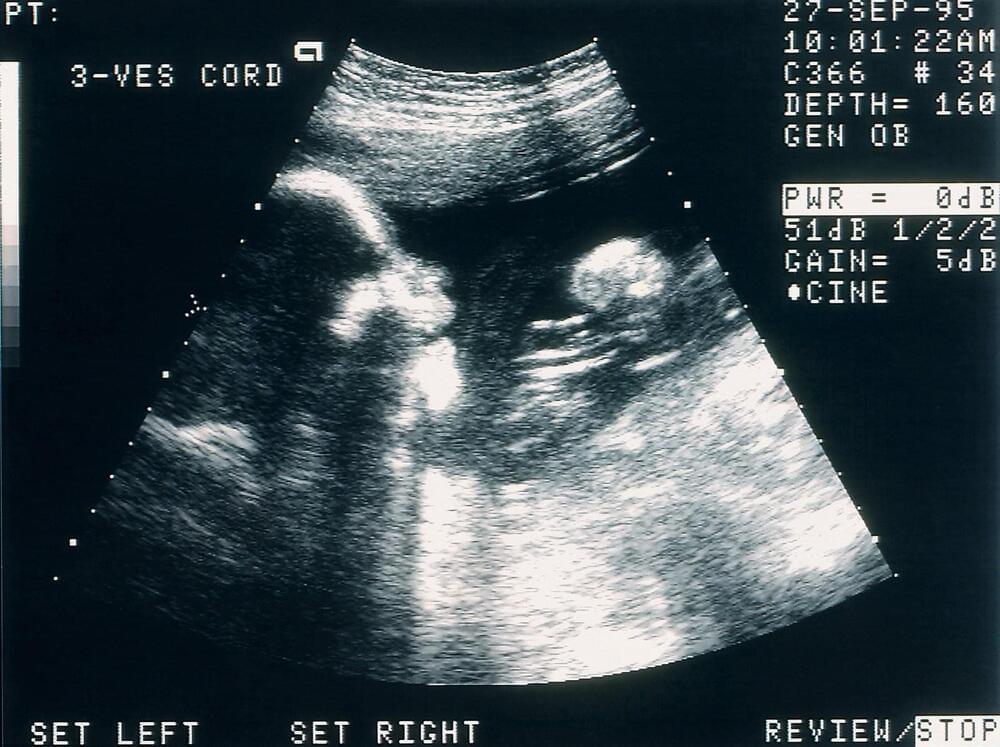As far as we know, our home planet is the only one that harbors life. But, as many scientists believe, there are likely countless other planets out there with conditions “just right” to allow life to develop and thrive.
If this is true, these planets could, conceivably, provide additional potential homes ripe for colonization by our species. Of course, we’d need to develop long-range spaceships to get there — and make sure they were not already inhabited.






